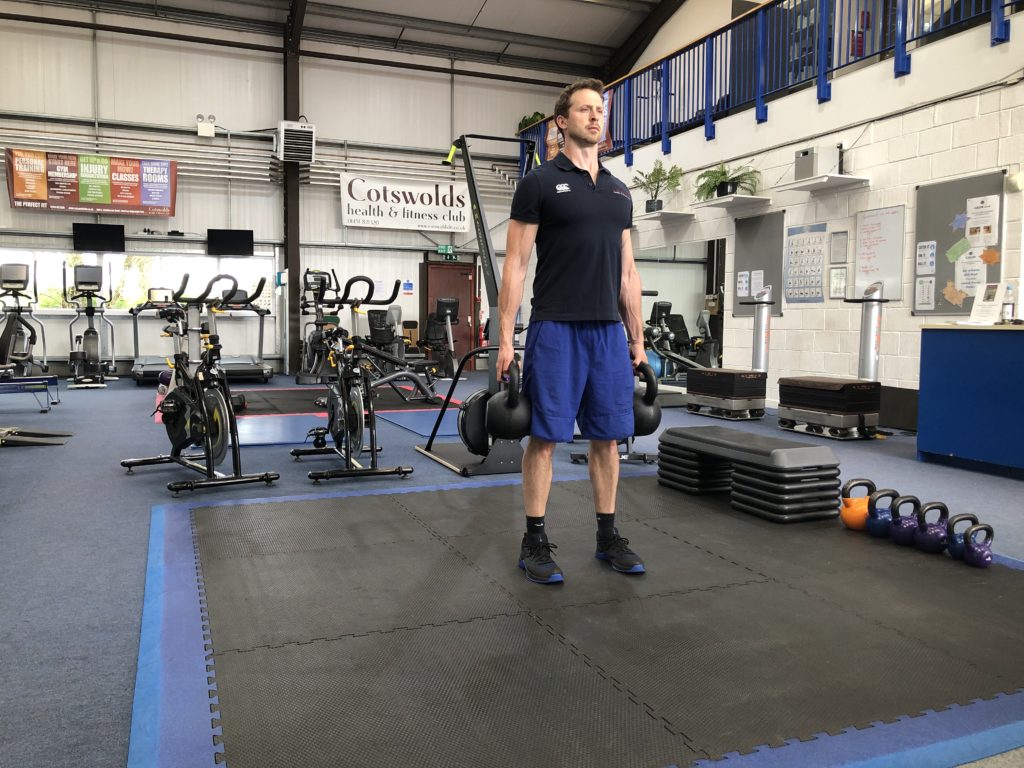An ‘Isometric’ exercise quite simply means performing a static muscle contraction; the muscle group being worked is held under tension and produces a contraction, but the muscle doesn’t change length and therefore the joints involved don’t move.
Some actions within a wide variety of sports and day to day activities require isometric or static strength. Examples include climbing, mountain biking (grip and upper body strength), wrestling, skiing (static strength required to stabilise the upper and lower body), and gymnastics.
Isometric exercises can be performed with both maximal and submaximal muscle action. An example of submaximal contraction would be holding something in front of you that doesn’t move. The force used to hold the object still is not maximal as this would lift the object upwards causing movement and a change in the muscle length and joint angle. Static strength training can also involve maximal muscle actions and examples here include pushing against a wall or holding a heavy weight that you cannot move no matter how hard you try.
Both submaximal and maximal isometric muscle actions can increase isometric strength and stimulate muscle growth. Maximal isometric exercises are more often used for strength and conditioning and submaximal exercises are more often used in rehabilitation.
The benefits of an Isometric exercise are:
- Safety; you can gain strength in a muscle without putting too much stress on the injured muscle or joint.
- Pain relieving; the isometric contraction can cause an inhibition of pain in a tendon that suffers from tendinopathy.
- Strengthening; an isometric contraction recruits the highest number of motor units (more muscle fibres are activated).
- No equipment needed; quite often just your bodyweight will suffice, making isometrics perfect for home training.
The Plank, an extremely common exercise, is a great example of a versatile yet effective isometric exercise that works your whole body. Your abdominals, quads, shoulders and scapula muscles are all working without producing any movement.
Here’s how

Lie on the floor with your forearms flat and elbows directly under your shoulders. Brace you core muscles and lift your hips up. Keep your shoulder blades relaxed, and core and glutes tight. Hold
Another fantastic isometric exercise that works the whole body extremely effectively is the Farmers Walk, or Weighted Carry. This is essentially an upright plank, with the tension in your body created by holding weights. It works your forearms, shoulders, trapezius, core, glutes and legs.
Here’s how

Stand tall with weights held by your sides. Keep your shoulders back, core tight and your back straight. Take short, quick steps as you walk a set distance or time.
Try some isometrics; they’re so versatile and can add a surprisingly effective dimension to your training.

